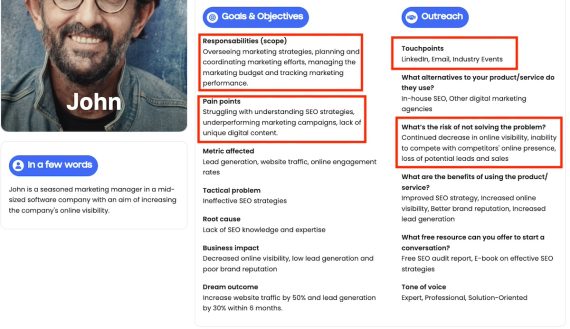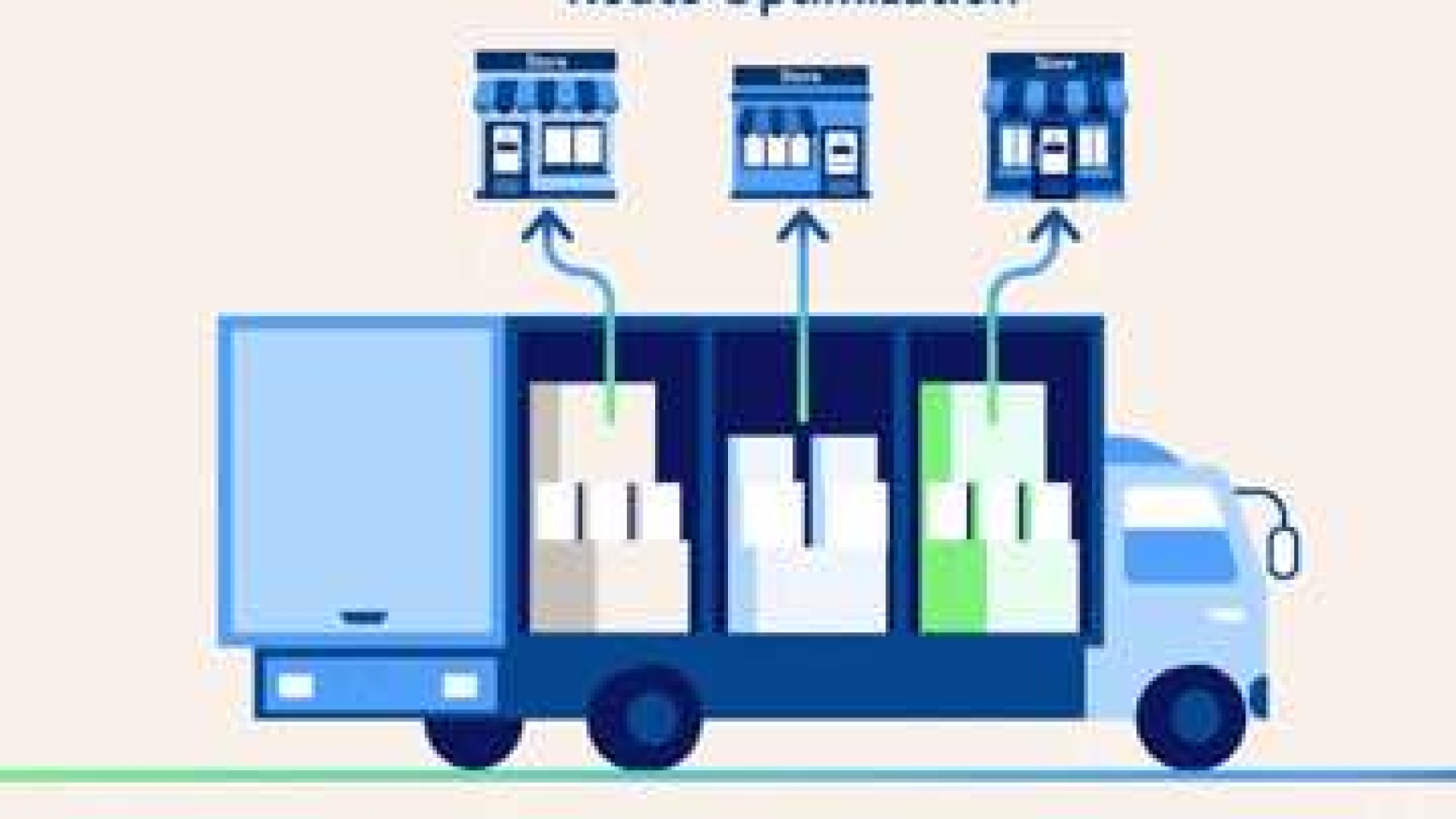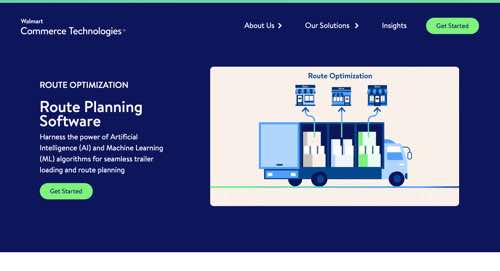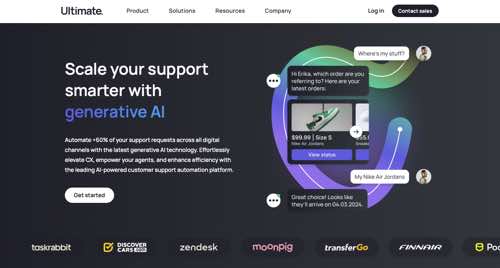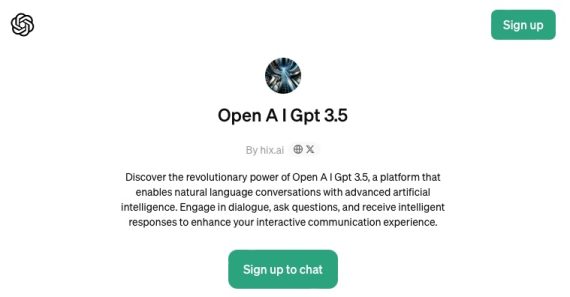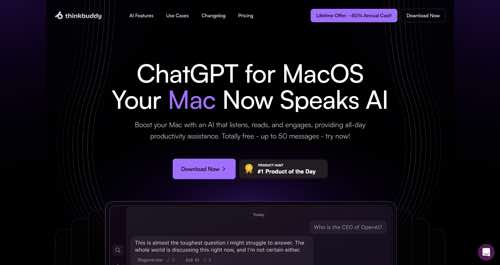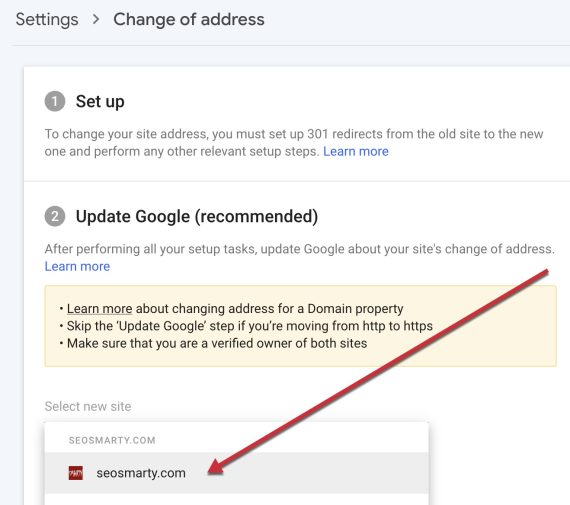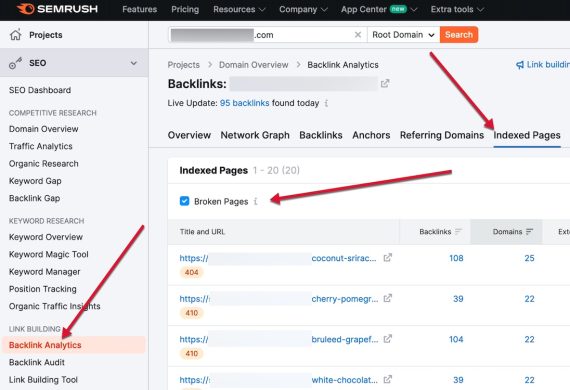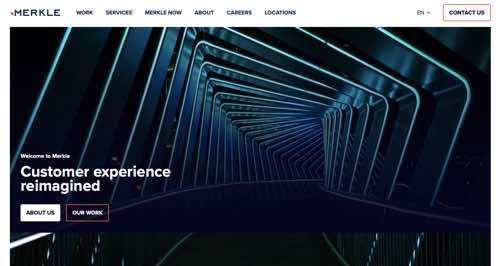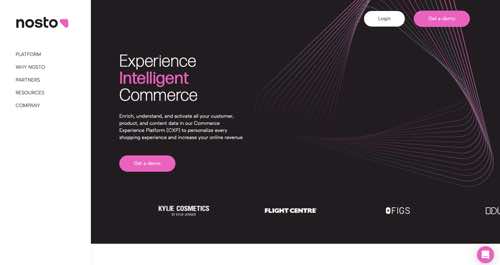[ad_1]
Study a successful entrepreneur, and you’ll likely uncover resilience. Take Aaron Marino. Twenty years ago his first business, a fitness center, failed, leaving him with half a million dollars of debt. Fast-forward to 2024, and Marino is a YouTube celebrity and thriving serial entrepreneur, mainly with men’s grooming products.
He first appeared on the podcast in 2020. We recently caught up. I asked him about failure, success, helping others, and more.
The entire audio of our conversation is embedded below. The transcript is edited for length and clarity.
Eric Bandholz: Tell us about yourself.
Aaron Marino: I’m an entrepreneur at my core. I started posting YouTube videos in 2008 about men’s styles, grooming, dating, and relationships. I called the channel Alpha M, and it took off. I wasn’t that great at it, but I kept doing it.
Over the years, it’s allowed me to start a few businesses and verticals. I have had 20 companies. Most didn’t work out, some worked out a little, and others have done reasonably well. A few years ago, I started a channel called Alpha Mpire, where I interview other entrepreneurs.
Failure was one of the best things for me. I had a fitness center. It was an epic failure. That was my dream from age 12 — to own a fitness center. I shut it down and had half a million dollars in debt. I then drove a beer cart at a country club just to put gas in my car. That was the scariest time of my life. I didn’t have a plan B. The failure forced me to try other things less scary. I was like, okay, what’s the worst thing that can happen? I’m driving a beer cart. I’m broke. I’m bankrupt, but I’m still alive.
Bandholz: How do you emotionally get through bankruptcy as an entrepreneur?
Marino: Stress and anxiety about money and inability to pay bills robbed me of joy like nothing else. I was making a hundred dollars every three weeks driving a beer cart. I was as broke as it got. My credit cards were all shut down. Declaring bankruptcy was a huge emotional relief. It was as if I got a new lease on life. I knew I would never make the same mistakes again. It shaped me in terms of how I think about money and debt. I became more responsible. I recovered and bought a $35,000 car within a year at 100% finance.
I believe there’s a time and a place for loans and debt. If you need it, you need it. A business has two ways to raise money: incur debt or sell equity. The choice depends on how much money and help you need.
Bandholz: You have several businesses now.
Marino: The largest is a men’s skincare company called Tiege Hanley. That was a partnership with two other guys. One of the founders put up $170,000. I generated marketing material through my YouTube channel. We had another founder who also brought equity and technical skills.
I started a hair product business called Pete & Pedro. I did that through white labeling. I started that whole business for $3,000. I went to a friend who was a stylist, and he told me to call people I knew, which began the process.
I started a sunglasses company called Enemy that’s no longer around. I funded it myself. I shut it down because the product was too expensive for what I was charging, leaving no margin for marketing.
I like putting up the money whenever possible. I don’t take substantial wild risks. I don’t need $100,000 to start a business. I can validate many of these businesses for much less.
Bandholz: Tell us about Alpha Mpire, the YouTube channel.
Marino: My original channel, Alpha M., focuses on men’s grooming. I launched it back in 2008. But I love talking about business. I started Alpha Mpire in 2021 to share my experiences and those of other entrepreneurs. I found a renewed passion. With this new channel, there were no expectations. I didn’t have to worry about sponsorships. I could talk about anything. It started to grow. It’s not the biggest channel — around 70,000 subscribers.
The internet has changed the game regarding entrepreneurship and business. It’s like taking a test with the book open. If you want to start a business, the information is out there. It’s never been more affordable.
Everybody has the same access and opportunities. Some people will take action. Most won’t. I tell new entrepreneurs to find somebody who’s done it before. Copy what they did, get their advice or somebody else’s, and then do it yourself. It’s not that hard. If I can do it, anybody can.
Bandholz: Where can people follow you?
Marino: Check out my mastermind community, TheWhiteLabelMpire.com, or my Alpha Mpire YouTube channel.
Source link




